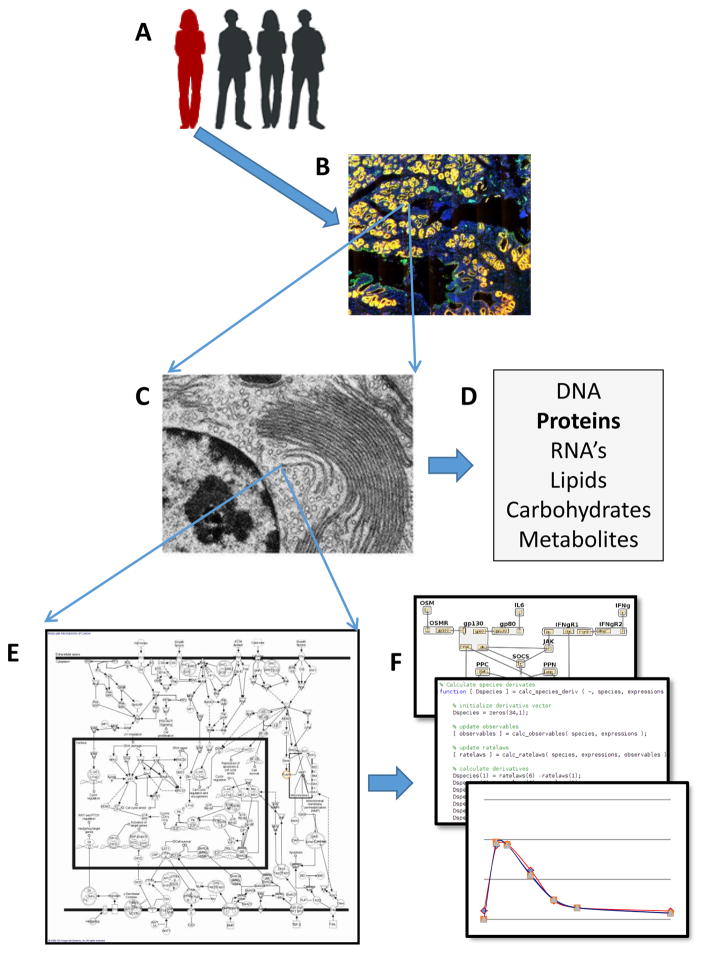Figure 1. The multiple scales of biological heterogeneity detected in a population of organisms, as well as within organs, tissues, cells, molecules, pathways and networks.
A. Individuals in a population exhibit heterogeneity in a variety of genomic and phenotypic measures. Heterogeneity can be detected B. between and within organs and tissues, C. between cells in terms of expression levels, genomics and functions, and within cells in terms of D. cellular constituents. E. Combinations of molecules interact in time and space within and between cells as part of biological pathways that result in normal and abnormal cellular functions. F. Computational or mathematical models of “systems” including cellular pathways, organ, multi-organ and organism can be generated and used to predict responses that must incorporate heterogeneity of components in the models.

